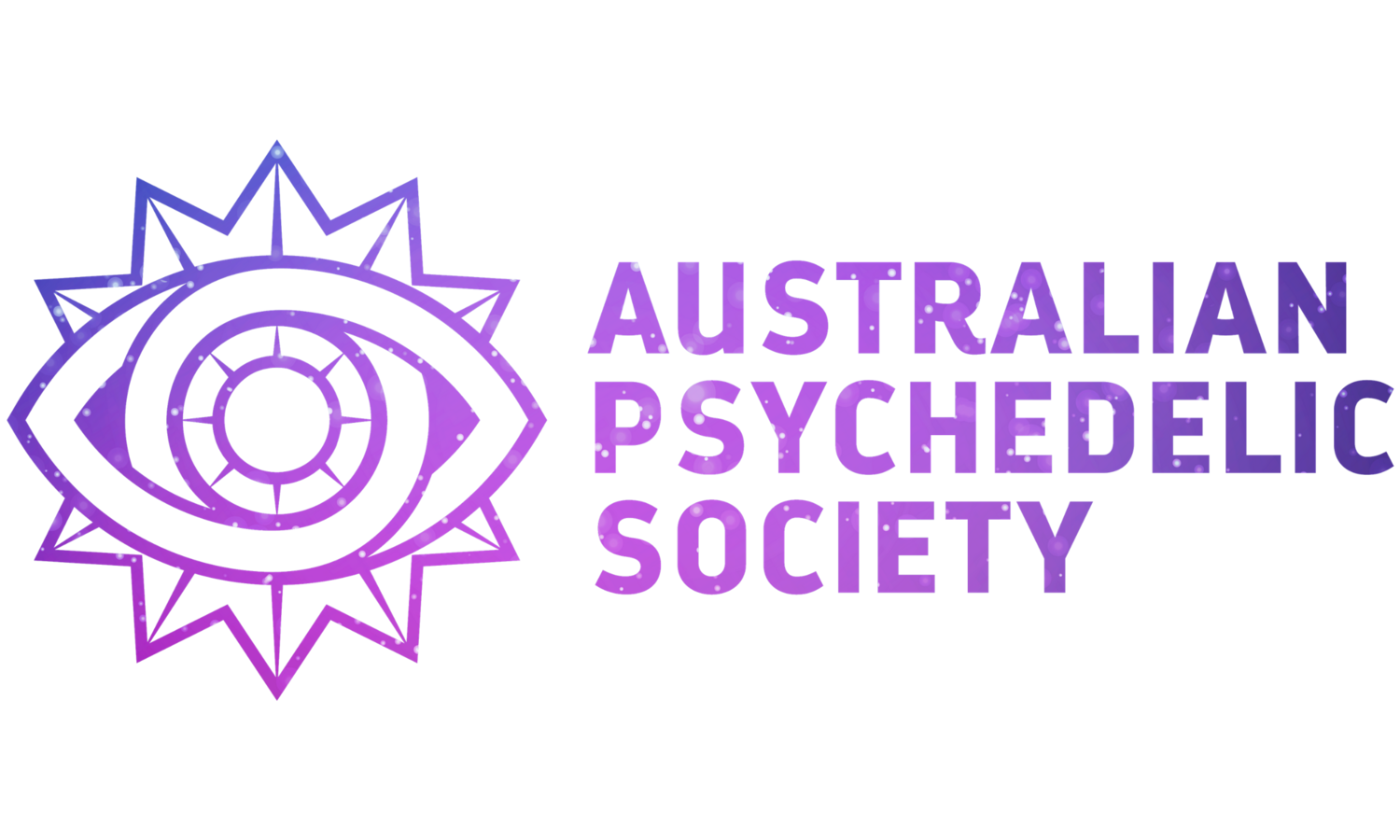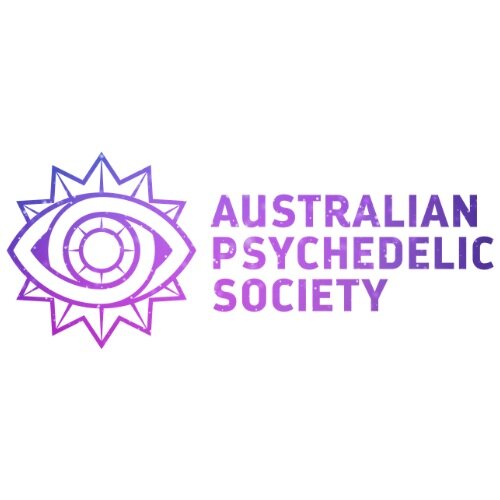APS Perth event in review - Workshop 4: Mindfulness & Psychedelics
The fourth seminar in Perth’s Altered States series took place in June at the University of Western Australia and was led by Tobias Penno and Dr. Chris Letheby, both of whom have conducted academic research into connections between psychedelics and contemplative practices such as mindfulness meditation.
Altered states of consciousness (ASCs) are alternative patterns or configurations of experience which differ qualitatively from a baseline state, or normal state of consciousness. Vaitl (2012) suggested that it is useful to classify ASCs by how they are induced:
Spontaneous (daydreaming, near-death experience)
Physical and physiological (fasting, sex)
Psychological (music, meditation, hypnosis, breathwork)
Pathological (epilepsy, brain damage, certain mental disorders)
Pharmacological (psychoactive substances)
The “Mindfulness & Psychedelics” presentation with Tobias Penno was focused on the psychological (meditation) and pharmacological (psychedelics) ASCs, individually and combined.
Tobias Penno believes there are three key components for the spiritual path:
De-conditioning: The ways in which we adapt, survive, and manage life situations result in learned responses, or conditioning. Later in life we might realise that our conditioning is no longer serving us, and may want to do some therapeutic/healing work to process and release emotions.
Cultivating: Nurturing positive qualities such as love, empathy, compassion.
Awakening: The process of shifting one’s perception and experience of the world, towards greater awareness/enlightenment, or states of bliss/love.
While the mental health sector is particularly focused on de-conditioning, people who use psychedelics tend to focus mainly on the awakening. That may create an imbalance (if they just want to release the trauma, but don’t lay the groundwork with the de-conditioning and cultivating).
You may be able to use psychedelics and achieve deep states of awakening; however, without also developing a stable platform through the maturing of de-conditioning and cultivating love, this may be destabilising and confusing.
Both mindfulness meditation and psychedelics seem to operate on the de-conditioning, cultivating and awakening components in really different ways. However, we can see lots of provocative similarities between meditation and psychedelics, and both have a body of evidence suggesting they can be helpful for mental health problems.
Dr. Chris Letheby stated that moderate/high doses of classic psychedelics (e.g. LSD, psilocybin, mescaline and DMT) can cause dramatic changes to perception, emotion, cognition, and senses of space, time, body, and self. Generally speaking, these psychedelics are physiologically and psychologically safe in controlled conditions, and there’s evidence for therapeutic and transformative effects mediated by mystical-type experiences and ego dissolution.
On the other hand, the practices of mind-training taught by Gautama Buddha in ~500 BCE India involve the combination of “focused attention” (focus on the breath and body sensations, re-focusing the mind when it wanders or becomes distracted) and “open monitoring” / “open awareness” (not trying to focus on any specific stimulus, just noticing whatever comes into the mind, in an open and non-reactive way, without fixing on anything).
The idea of connecting the ancient consciousness-altering practices of meditation and psychedelics is certainly not new. In The Doors of Perception (1954), Aldous Huxley suggested that psychedelics offer temporary glimpses of the states meditation aims to induce as permanent realisation.
The practice of meditation aims to change the mind so that it experiences the world in a certain way, and psychedelics may be able to temporarily alter the mind in a similar way. Alan Watts argued that psychedelics can give us glimpses of the state of mind that is the ultimate destination of the meditative path.
Many of today’s senior Buddhist teachers were drawn to meditative practices after experiences with psychedelics, and after decades of dedication to the practice of traditional meditation, maintain that their early psychedelic experiences gave them genuine glimpses of the same territory that meditation has opened up for them.
In recent studies scientists have begun, for the first time, to probe the interrelationships between psychedelics and meditation using rigorous empirical methods. Findings fall into three categories:
Increases in mindfulness capacities post-psychedelics.
Common neural correlates of psychedelics and meditative states.
Synergistic effects of psychedelics and meditation (when the two interventions are combined, their effects can be mutually enhancing).
To access the full incredible presentation from Penno and Letheby and learn more about mindfulness and psychedelics, click the link below.

